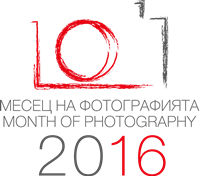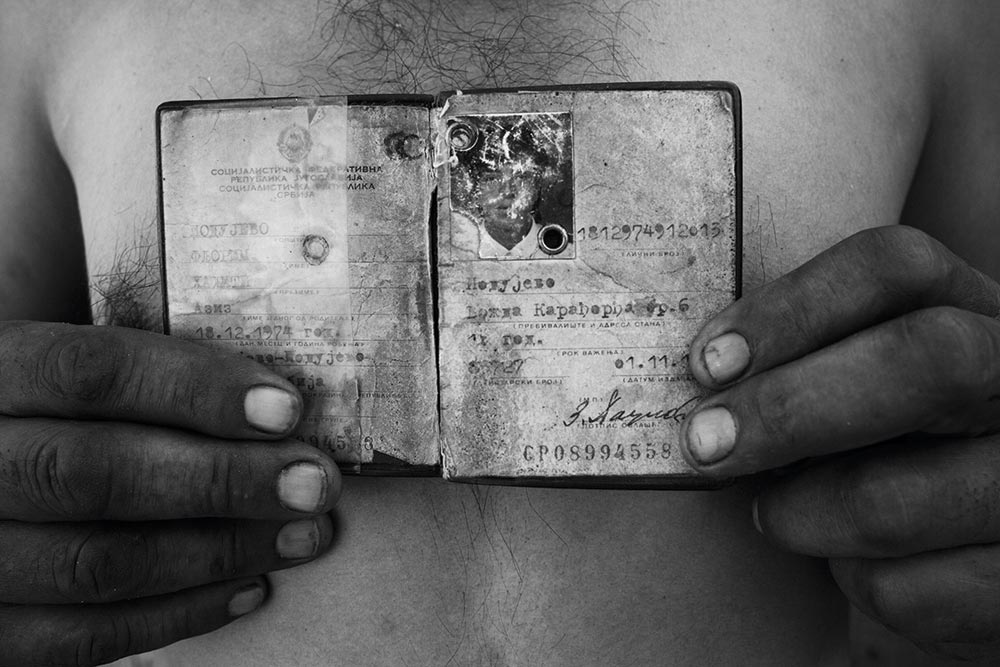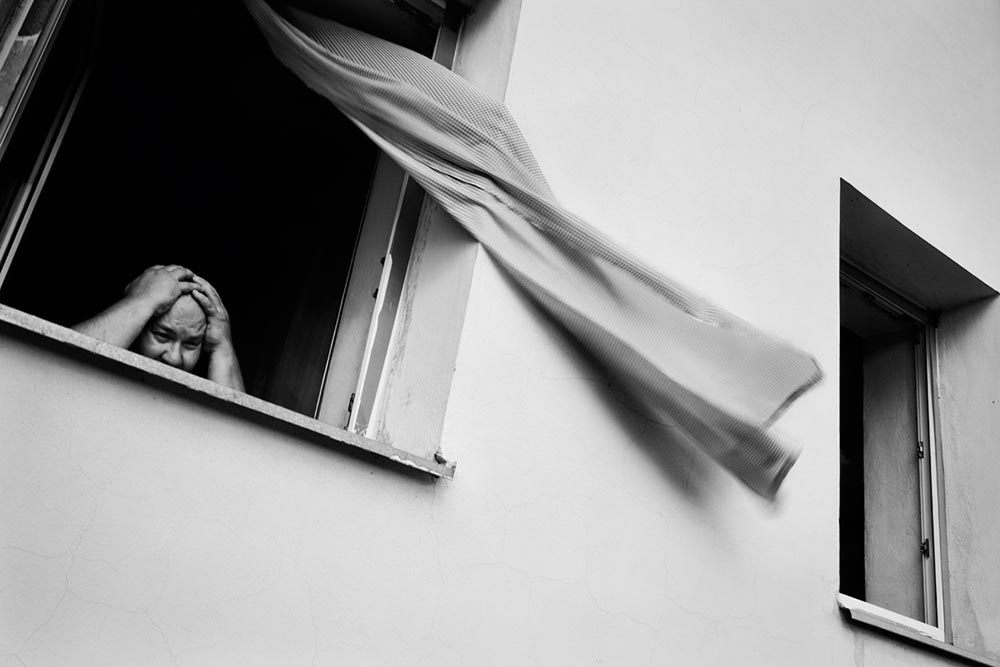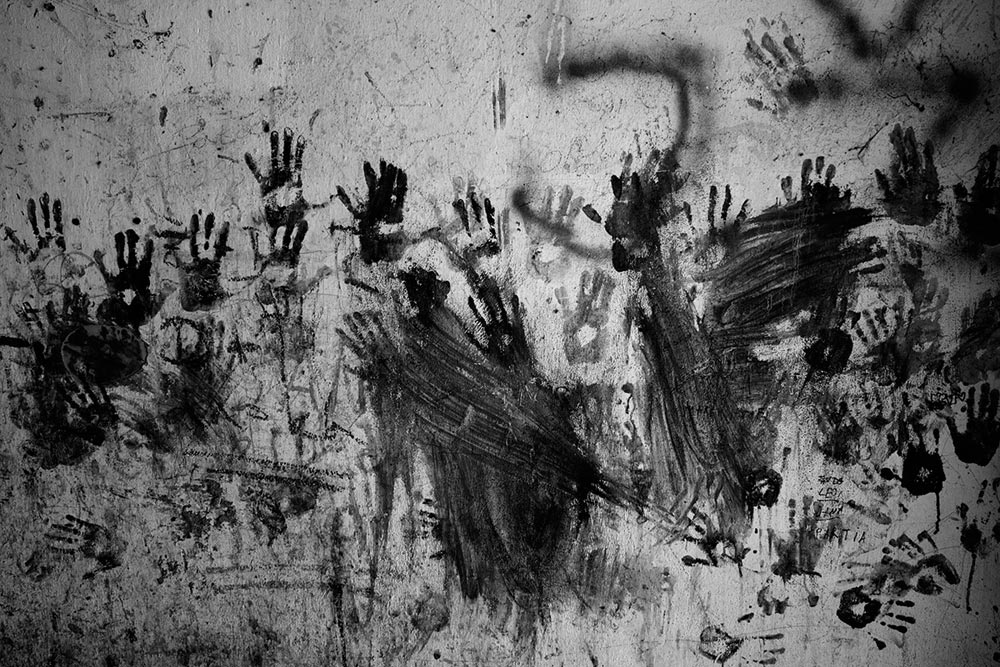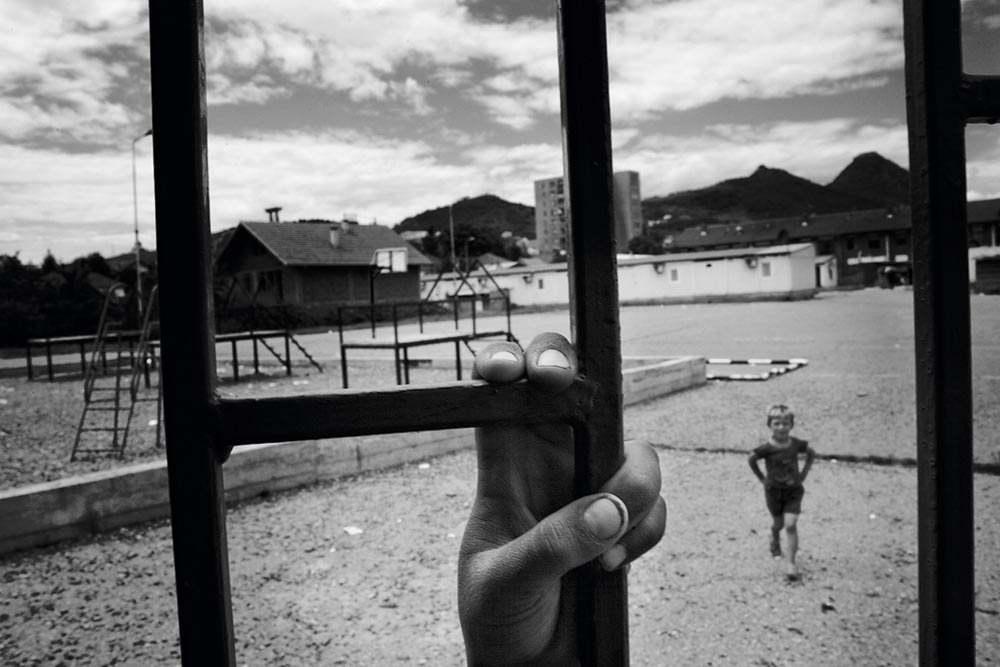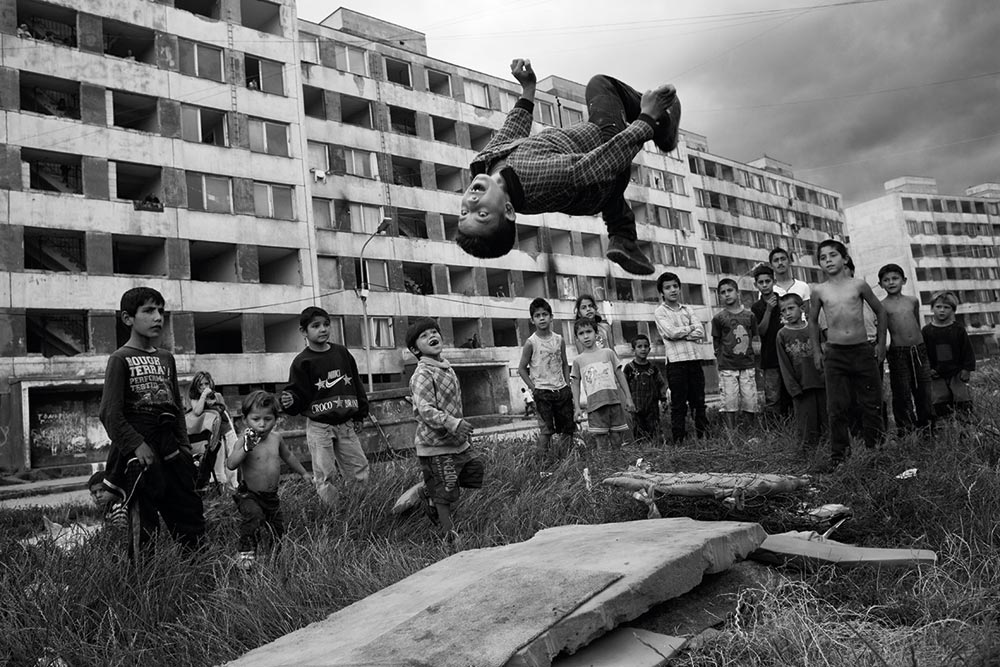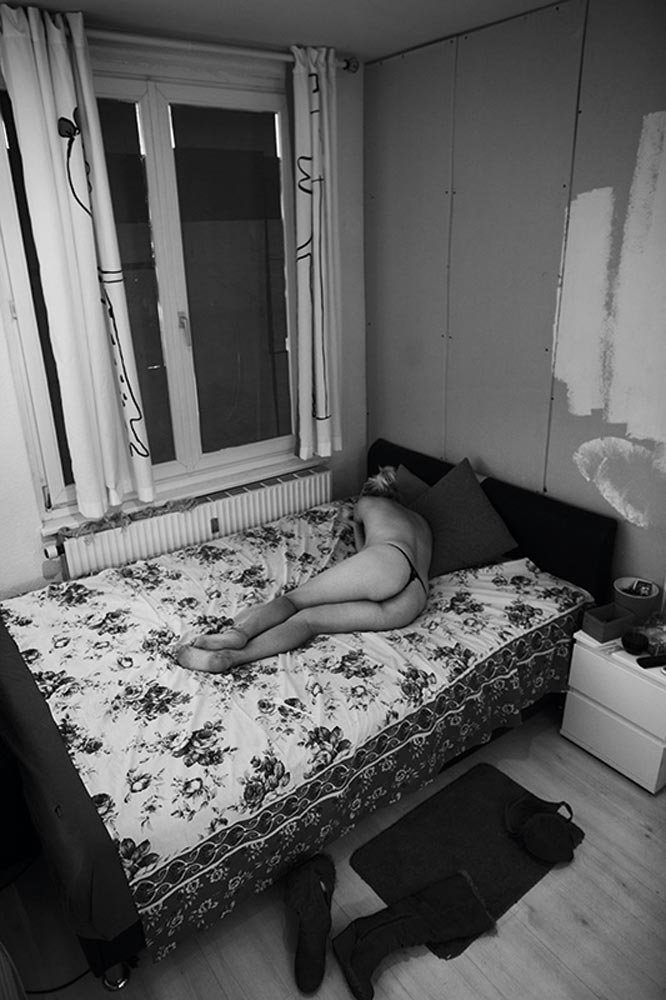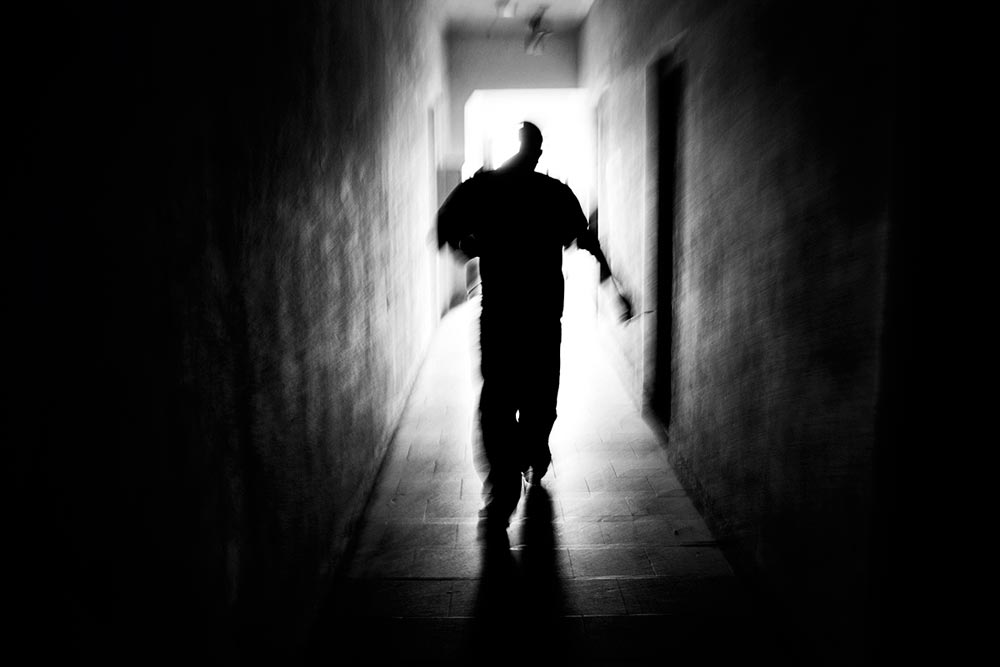„През лятото на 2009 г. бях в град Брецлав в южна Чехия. Получих информация , че кметът изхвърля две ромски семейства от домовете им, където те са живели в продължение на поколения. В техния квартал предстоеше построяването на нов търговски център. Семействата са били преместени в конюшни, вонящи на фекалии, където е трябвало да живеят без топла вода и отопление. Това беше началото на моята документална работа по проекта за ромите в Европа и техните условия на живот. През последните пет години съм фотографира ежедневния живот на ромите в десет страни; Франция, Сърбия, Косово, Румъния, Швеция, Чехия, Словакия, Унгария, Испания и Швейцария.
Ромите се чувстват дискриминирани в цяла Европа. Те често живеят извън обществото и нямат права, като например социални, политически, културни или икономически. Страните, които се открояват често са в Източна Европа. Особено се откроява място наречено Lunik IX, извън Кошице източна Словакия. Испания се очертава като контрапункт, където ромската култура на много места се приема масово от населението. Има и ромските деца в общообразователните училища, младите хора могат да пътуват по училищни екскурзии и роми се женят испанци. Моята цел с това визуално проучване е да отида отвъд обичайните стереотипи за ромите. Моята история е също така за хората от ромски произход, живеещи интегрирани в Европейския всекидневния живот, а не само тези, които са потиснати и живеят в мизерия. Докато снимах в Европа роми от Румъния и България започнаха да просят по улиците на родния ми град Стокхолм. Надявам се, че моите снимки може да ви помогнат да разберете защо.”
Ейк Ериксон
Да се овладее способността на фотографията да разказва и да приближава до нас неизвестни истории е форма на изкуство. Ейк Ериксон (р. 1962) работи с фотографската камера през почти целия си живот, през който документира срещите си с полицаи и политици, бежанци и райони с конфликти по цял свят.
Non grata – латинският изразът за нежелани или не добре дошли, описва положението на милиони роми в Европа. Става дума за раждане в изолация и живот в нечовешки условия, но също така за любов, бит и пъстра култура. Ситуацията, в която са поставени ромите в Европа става все по-видима в нашето ежедневие и реалността, която Ериксон показва в традицията на класическата фотодокументалистика изведнъж рязко я приближава.
Изложбата се показва със съдействието на Комитет по изкуствата – Швеция, Църква на Швеция и Фондация Fritt Ord, Норвегия.
In the summer of 2009 I was in the town of Breclav in the southern Czech Republic. There I was told that the mayor threw out two Roma families from their homes, in a city where they had lived for generations. There were plans for a new shopping center in the neighborhood. The families were relocated to stables that stank of faeces, where they had to live without hot water and heating. It was the start of my documentary photo project about the European Roma people and their living conditions. Over the past five years I have portrayed the daily life of the Roma people in ten countries; France, Serbia, Kosovo, Romania, Sweden, the Czech Republic, Slovakia, Hungary, Spain and Switzerland.
Roma people feel discriminated against throughout Europe. They often live outside of society and lack human rights such as social, political, cultural and economic. The countries that stand out are often in eastern Europe. There a Roma name is a single ticket to ghettos like Lunik IX outside Kosice in eastern Slovakia. Spain is emerging as a counterpoint where Roma culture in many places is accepted by a majority population. There are also Roma children in mainstream schools, young people can travel on class trips and Roma people marry Spaniards. My goal with this photo suite is to get behind the usual stereotypes of Roma people. My story is also about the Roma people living integrated in European everyday life, and not just those who are oppressed and live in misery. While I photographed in Europe Roma people from Romania and Bulgaria began begging on the streets of my hometown Stockholm. I hope that my pictures might help you understand why.
Ake Ericson
To master the ability of photography to tell stories about our world and bring, to us, unknown parts of it closer to us, is an art form. Ake Ericson (b. 1962) has worked with the camera his entire life, through which he has portrayed meetings with policymakers and politicians, refugees and conflict areas worldwide.
Non grata, Latin for „unwanted“ or „not welcome“, describes the situation of some of the millions of Roma people in Europe. It’s about being born into alienation and living in inhumane conditions, but also about love, everyday life and culture. The situation of many of the Roma people in Europe has in recent years become visible even in our everyday life, and the reality that Ericson reproduces in a classic documentary tradition has suddenly come very close.
The exhibition is displayed with the support of the Swedish Arts Grants Committee, the Church of Sweden and the Fritt Ord Foundation, Norway.
|
